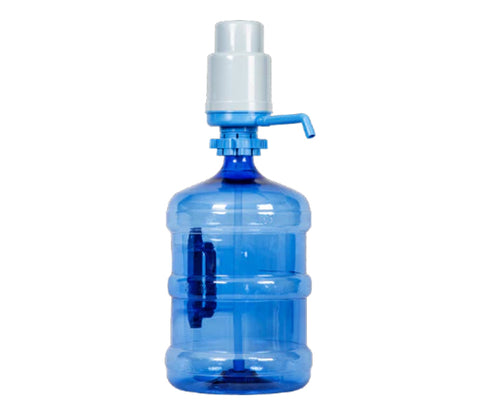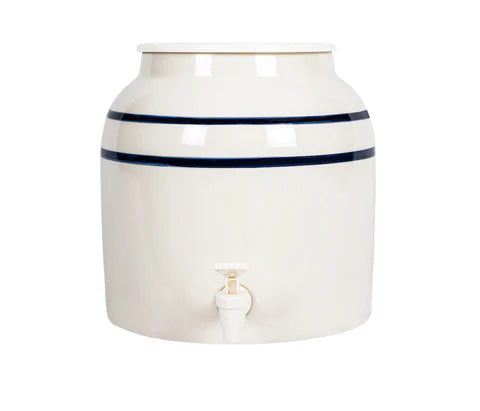Understanding PFAS: What You Need to Know To Stay Healthy
Per- and polyfluoroalkyl substances (PFAS) are man-made chemicals found in many everyday products due to their water and grease resistant properties. Despite their practicality PFAS can pose risks to both our health and the environment. Here’s a simple guide to understanding these chemicals and how to avoid them.
What Are PFAS?
Think of PFAS as a family of chemicals with a unique structure that makes them incredibly stable and hard to break down, which is why they’re called 'forever chemicals.' They’ve been used in various products for decades, so they’re everywhere now, from the soil under our feet to the water we drink.
The Structure of PFAS
PFAS are made up of a carbon chain with fluorine atoms attached, kind of like a spine with arms. This configuration renders them robust and long lasting ideal for repelling liquids like water and oil. Visualise a raincoat—that's essentially how PFAS function.
Where You Might Find PFAS
PFAS are commonly found in non-stick cookware, food packaging, water-resistant clothing, carpets, and firefighting foams. Because they are commonly used we can encounter them in ways; through our diet the air we breathe and the objects we handle daily.
Health Risks Linked to PFAS
Immune System Issues
PFAS can disrupt our immune system, making it harder for us to fight off infections. It’s like having an umbrella with holes in it—not very effective when you need it most.
Cancer Concerns
There is evidence suggesting that PFAS may elevate the risk of cancers like kidney and testicular cancer. While more research is needed, the concern is that PFAS could be like unwelcome guests that overstay their welcome and cause trouble.
Impact on Children
PFAS can affect children’s development, resulting in birth weights and developmental challenges. It’s like giving a plant the wrong kind of water—it doesn’t grow as well.
















